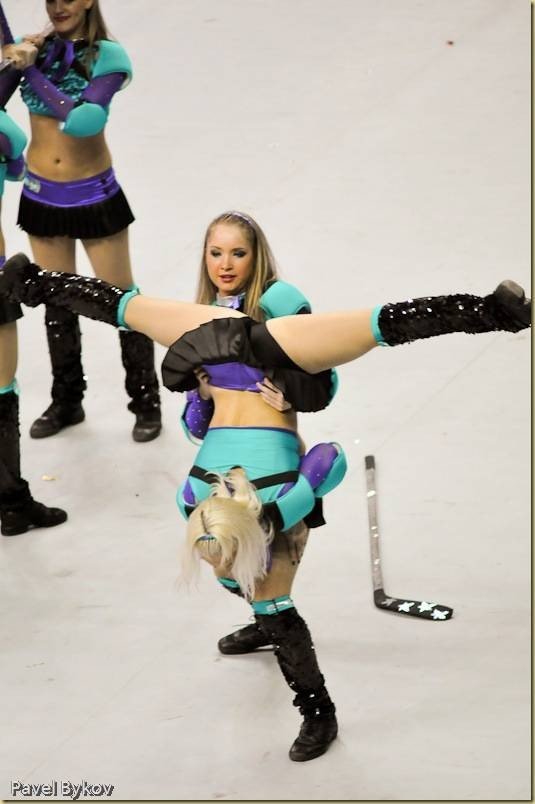|
|
Cheerleader Girls
|
The accident caused the Missouri Valley Conference to ban its member schools from allowing cheerleaders to be "launched or tossed and from taking part in formations higher than two levels" for one week during a women's basketball conference tournament, and also resulted in a recommendation by the NCAA that conferences and tournaments do not allow pyramids two and one half levels high or higher, and a stunt known as basket tosses, during the rest of the men's and women's basketball season. On July 11, 2006, the bans were made permanent by the AACCA rules committee:
The committee unanimously voted for sweeping revisions to cheerleading safety rules, the most major of which restricts specific upper-level skills during basketball games. Basket tosses, 2½ high pyramids, one-arm stunts, stunts that involve twisting or flipping, and twisting tumbling skills may only be performed during halftime and post-game on a matted surface and are prohibited during game play or time-outs.
Out of the United States' 2.9 million female high school athletes, only 3% are cheerleaders, yet cheerleading accounts for 65% of all catastrophic injuries in girls' high school athletics. Since the NCAA has yet to recognize cheerleading as an official college sport, there are no solid numbers on college cheerleading, yet when it comes to injuries, 67% of female athlete injuries at the college level are due to cheerleading mishaps. LiveScience.com recaps new evidence showing that the most dangerous sport for high school and college females is cheerleading: Another study found that between 1982 and 2007, there were 103 fatal, disabling or serious injuries recorded among female high school athletes, with the vast majority (67) occurring in cheerleading.
In the early 2000s, cheerleading was considered one of the most dangerous school activities. The main source of injuries comes from stunting, also known as pyramids. These stunts are performed at games and pep rallies, as well as competitions. Sometimes competition routines are focused solely around the use of difficult and risky stunts. These stunts usually include a flyer (the person on top), along with one or two bases (the people on the bottom) and, one or two spotters in the front and back on the bottom. The most common cheerleading related injuries are: sprained ankles, sprained wrists, back injuries, head injuries (sometimes concussions), broken arms, elbow injuries, knee injuries, broken noses, and broken collarbones.
|
|









